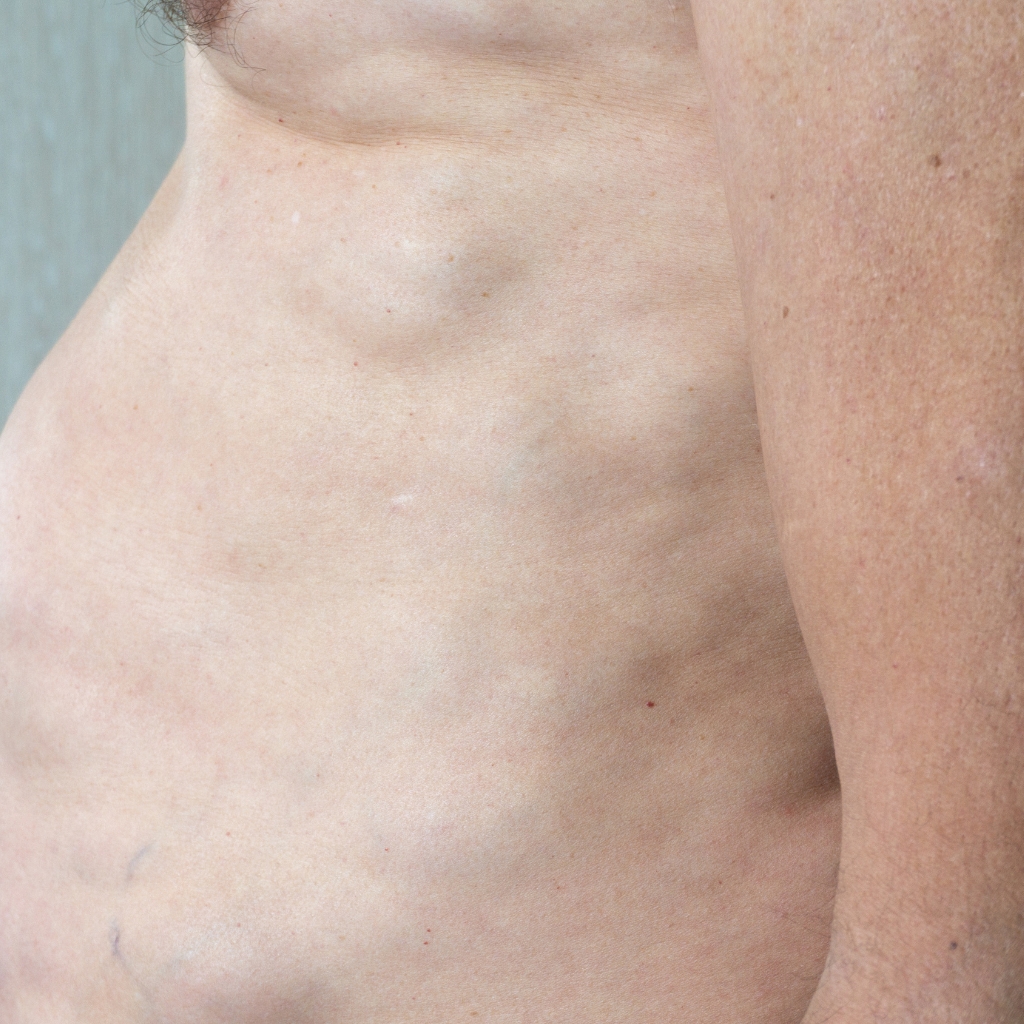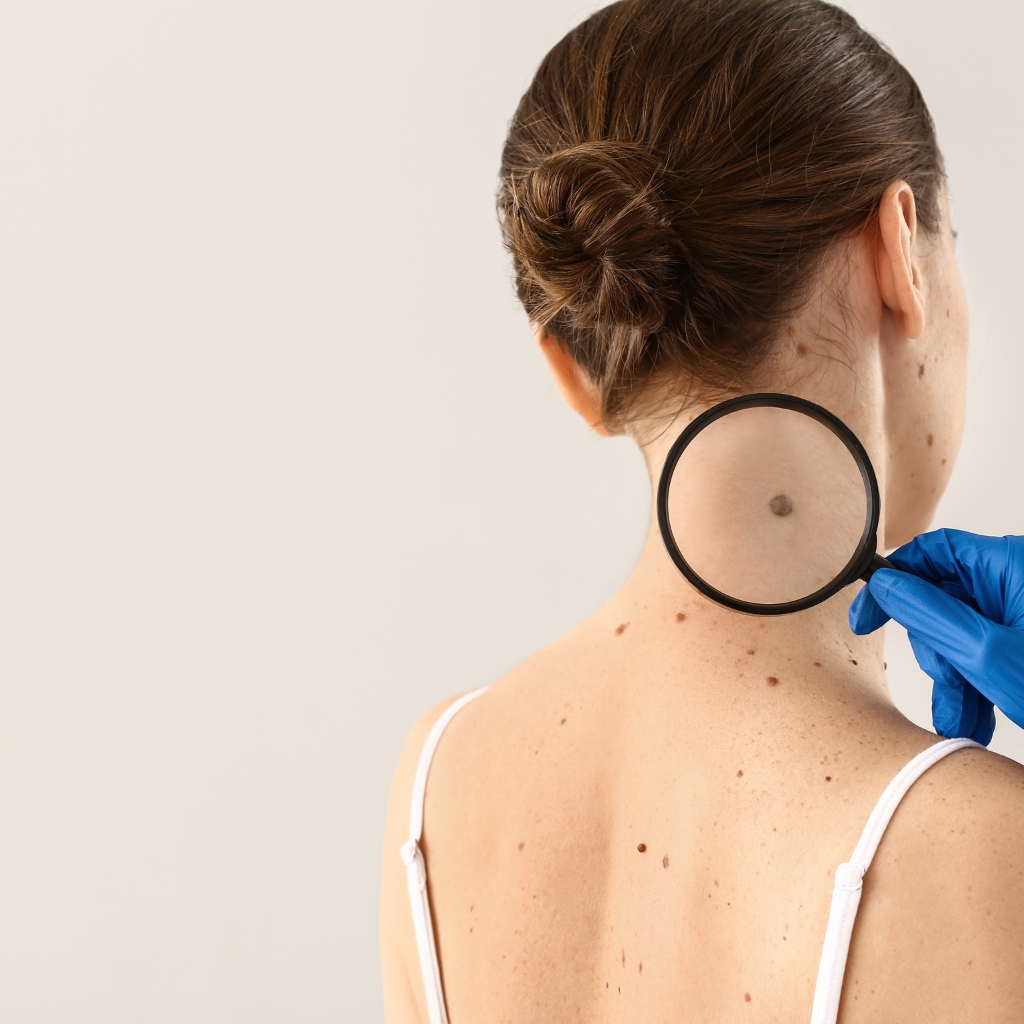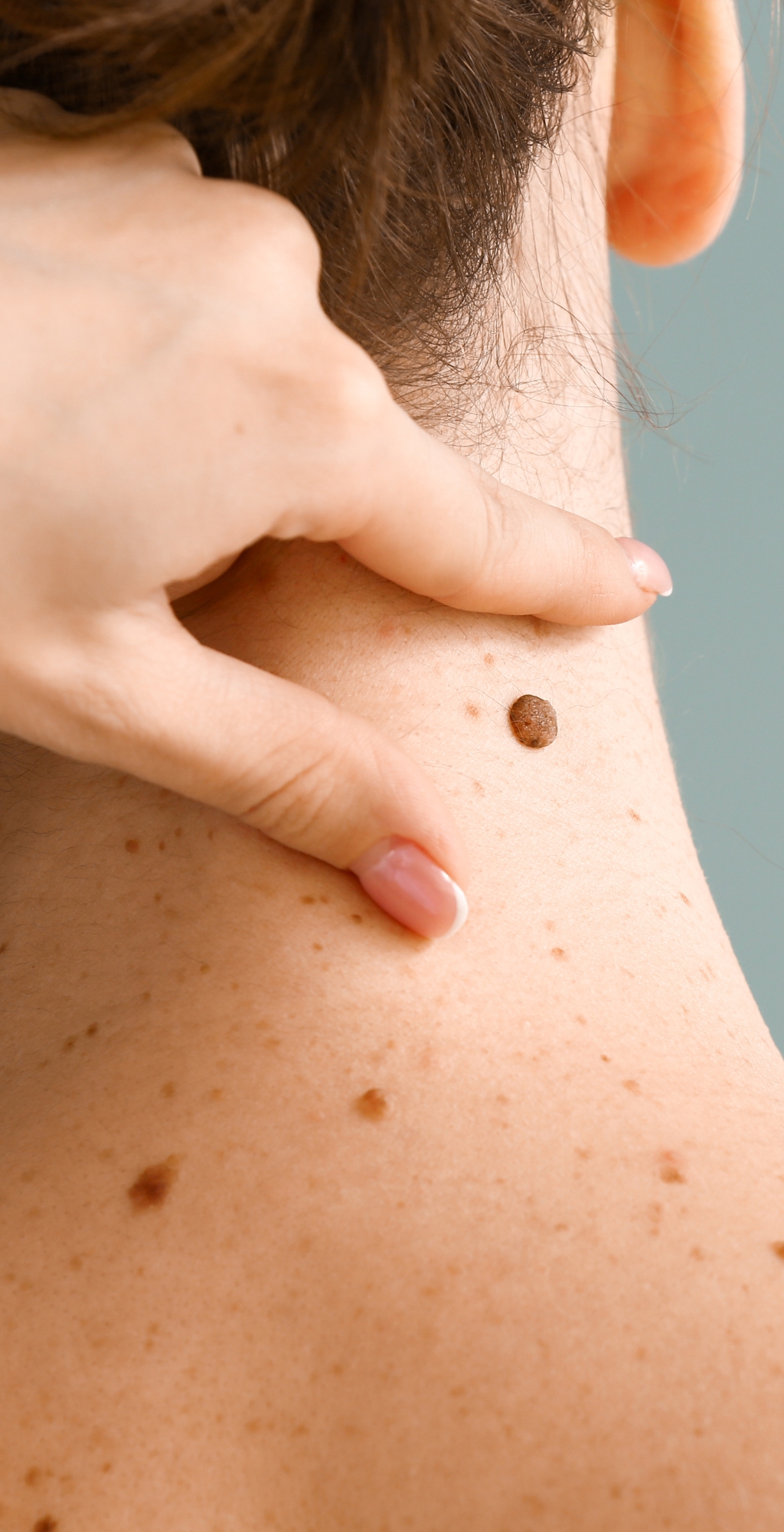Mole, Cyst & Lipoma Removal
- Home
- Mole, Cyst & Lipoma Removal
Mole, Cyst & Lipoma Removal
When to consider a Mole, Cyst & Lipoma Removal?
Consider mole, cyst, and lipoma removal if they impact your appearance or cause discomfort, and especially if there are changes in a mole’s characteristics that could indicate health risks. Removal is also advised if the growth hinders daily activities or based on medical recommendations for your health and safety.
Cosmetic Concerns
If these growths are in visible areas like the face or neck and affect your appearance or self-confidence.
Discomfort or Pain
If the mole, cyst, or lipoma causes physical discomfort, pain, or irritation, especially when rubbed against clothing or during physical activities.
Changes in Appearance
Any changes in size, color, texture, or shape of a mole, as these could be signs of a more serious condition like skin cancer.
Obstruction
If the growth interferes with daily activities, such as a cyst or lipoma that restricts movement.

Ultimately, the decision to undergo a Mole, Cyst & Lipoma Removal is a personal one. During your consultation with Dr. Brandt he assess your unique situation, discuss your options, and guide you towards the most suitable treatment plan to achieve your desired results.
What is a Mole, cyst, and lipoma removal
Mole Removal: This involves the excision of moles, which are dark spots or irregularities in the skin. Moles can be removed for cosmetic reasons or if there’s a concern about skin cancer.
Cyst Removal: Cysts are noncancerous, fluid-filled pockets under the skin. The procedure aims to remove these cysts to alleviate discomfort or for aesthetic reasons.
Lipoma Removal: Lipomas are soft, fatty lumps under the skin, typically benign. They are removed if they cause pain, discomfort, or for cosmetic purposes.
These procedures are performed to improve appearance, relieve discomfort, or address health concerns related to these skin growths.
Who is a good candidate for a Mole, cyst, and lipoma removal?
Good candidates for mole, cyst, and lipoma removal typically include individuals who:
- Have moles that have changed in size, shape, color, or texture, or are concerned about the potential for skin cancer.
- Experience discomfort, pain, or irritation from cysts or lipomas, especially if these growths interfere with daily activities or cause distress due to their appearance.
- Seek to improve cosmetic appearance by removing moles, cysts, or lipomas that are visibly noticeable and affect self-esteem.
- Have been advised by a healthcare professional to remove these growths for diagnostic or health reasons.

It’s important for candidates to have realistic expectations about the outcomes and to understand the potential risks and benefits of the procedure.
What does a mole, cyst, and lipoma removal address?
Mole, cyst, and lipoma removal procedures address:
- Moles: Removal of moles, which are pigmented skin growths, for either cosmetic reasons or health concerns, particularly if there's a risk of skin cancer.
- Cysts: Elimination of cysts, which are noncancerous, fluid-filled lumps beneath the skin, often removed to alleviate discomfort, prevent infection, or for cosmetic improvement.
- Lipomas: Excision of lipomas, benign fatty tumors under the skin, typically performed to reduce discomfort or for aesthetic reasons when they are visible and affect one's appearance.
These procedures are primarily focused on improving cosmetic appearance and alleviating any physical discomfort caused by these growths.
What does a Mole, cyst, and lipoma removal not address?
Mole, cyst, and lipoma removal procedures do not address:
- Underlying Skin Conditions: They don't treat underlying skin conditions that may cause these growths, like genetic factors or systemic health issues.
- Prevention of Future Growths: The procedures remove existing moles, cysts, or lipomas but do not prevent the development of new ones.
- Non-Skin Related Health Issues: They are focused on the skin and do not address any internal health problems or diseases unrelated to the skin growths.
- General Skin Appearance: These removals specifically target the growths and do not address other skin concerns like wrinkles, fine lines, or general skin texture and tone.


What to expect during recovery from a Mole, cyst, and lipoma removal?
During recovery from mole, cyst, and lipoma removal, you can generally expect:
- Mild Discomfort: Some pain or discomfort at the removal site, typically manageable with over-the-counter pain relievers.
- Swelling and Bruising: Minor swelling or bruising around the treated area, which usually subsides within a few days.
- Wound Care: You'll need to keep the area clean and may need to apply ointment or change dressings, as instructed by your doctor.
- Activity Restrictions: Limiting strenuous activities for a short period to ensure proper healing.
- Scarring: There may be minimal scarring, depending on the size and depth of the removal.
- Follow-up Appointments: Possible follow-up visits to ensure proper healing and to remove any stitches if they were used.
What are the risks of a Mole, cyst, and lipoma removal?
The risks associated with mole, cyst, and lipoma removal include:
Infection:
Risk at the site of the surgery, particularly if post-operative care instructions are not followed.
Scarring
Some degree of scarring is inevitable, though it usually is minimal.
Bleeding
Minor bleeding during or after the procedure is possible.
Allergic Reactions
To anesthesia or other materials used during the procedure.
Recurrence
In some cases, cysts or lipomas may recur after removal.
Asymmetry or Unsatisfactory Cosmetic Outcome
There's a chance of asymmetry or dissatisfaction with the appearance post-procedure.
Why choose Dr. Brandt for yourMole, cyst, and lipoma removal?
Choosing Dr. Brandt for mole, cyst, and lipoma removal can be beneficial due to his specialized expertise and experience in these procedures. His proficiency ensures precise removal with minimal scarring and attention to aesthetic outcomes. Dr. Brandt’s patient-centered approach, where he carefully considers each patient’s individual needs and concerns, combined with his use of advanced techniques, can lead to more satisfactory results. His professional credentials and positive patient feedback might also contribute to confidence in his ability to provide high-quality care and effective treatment outcomes.
